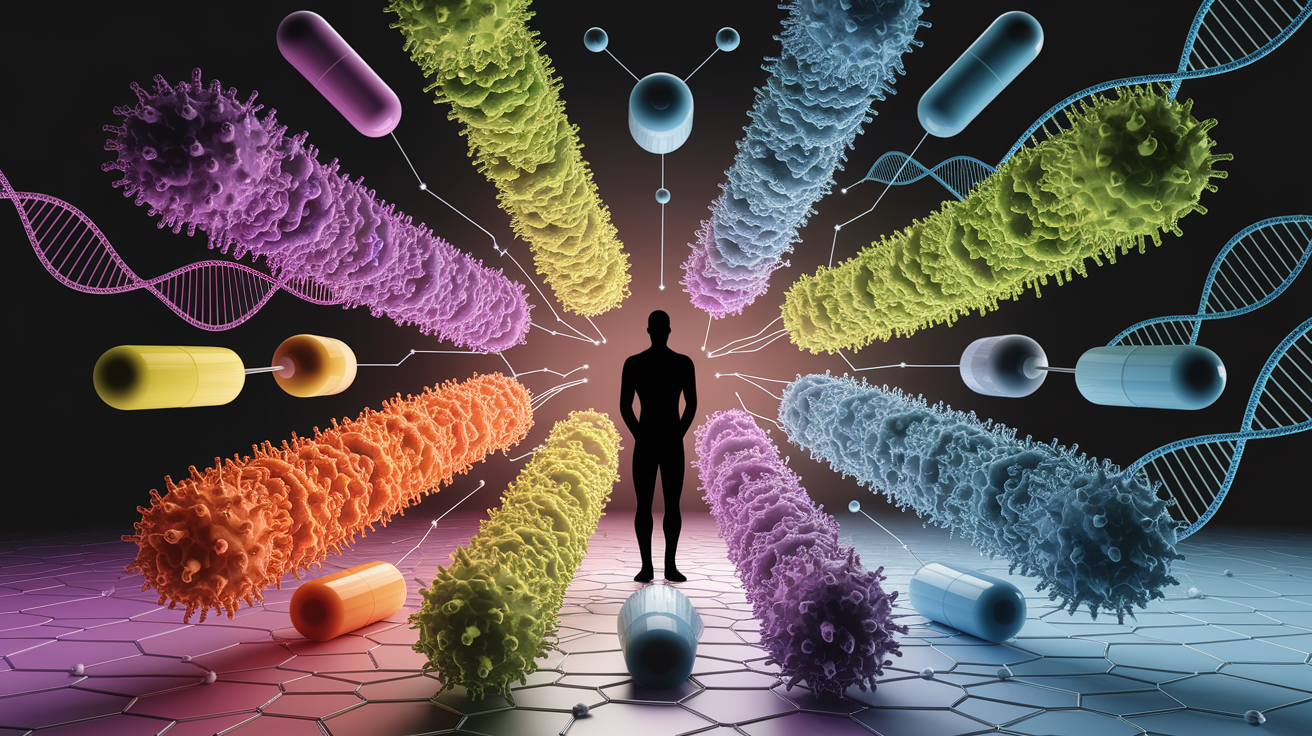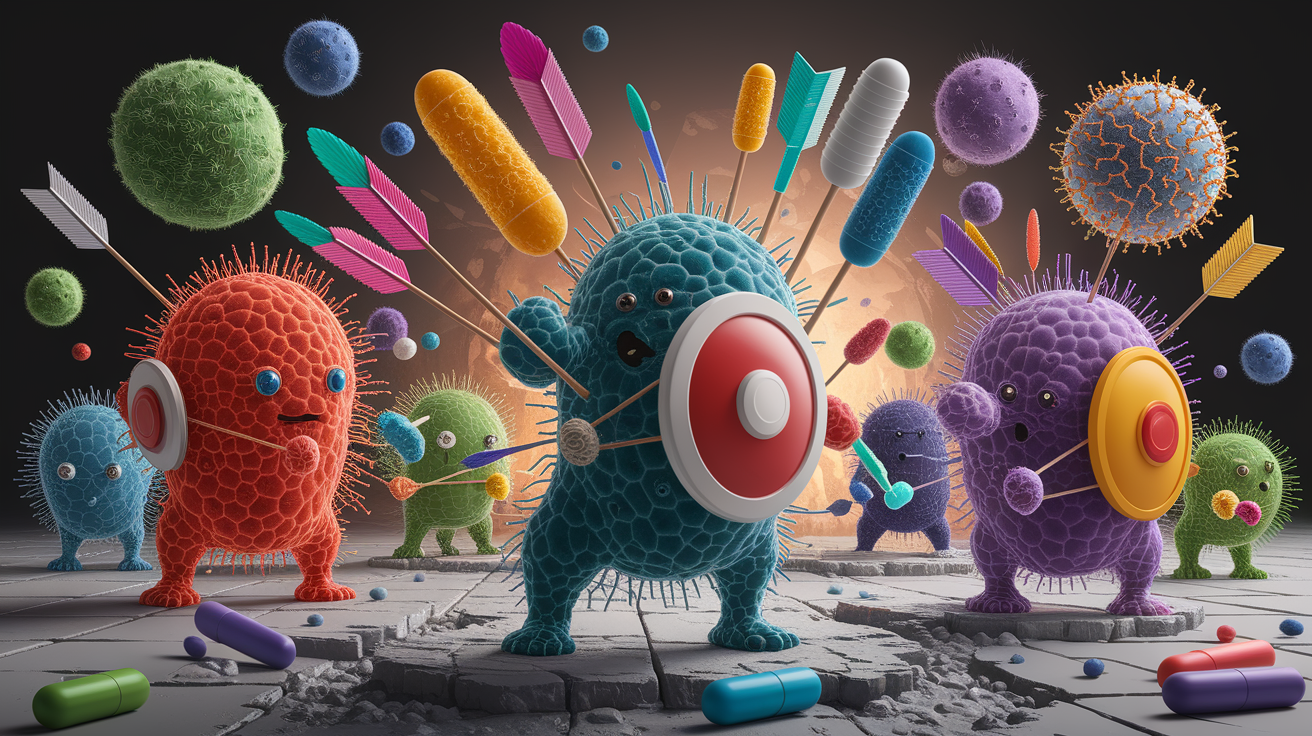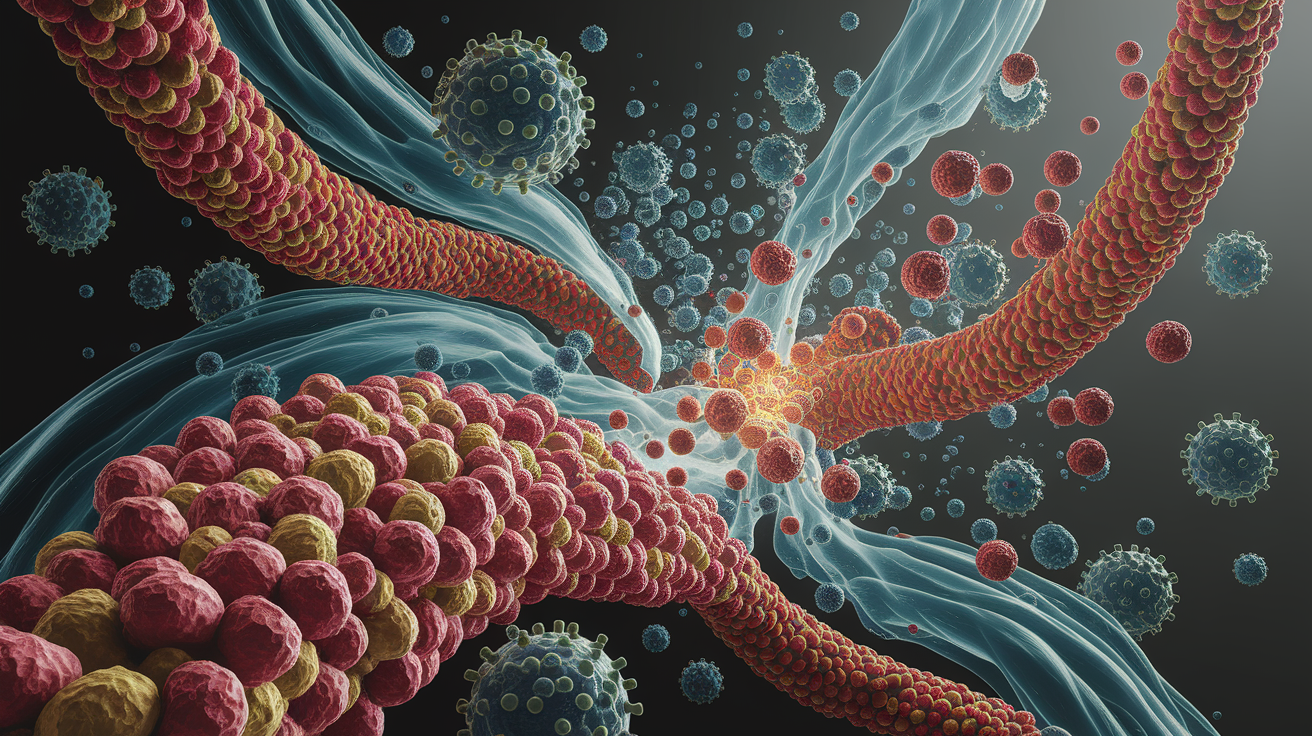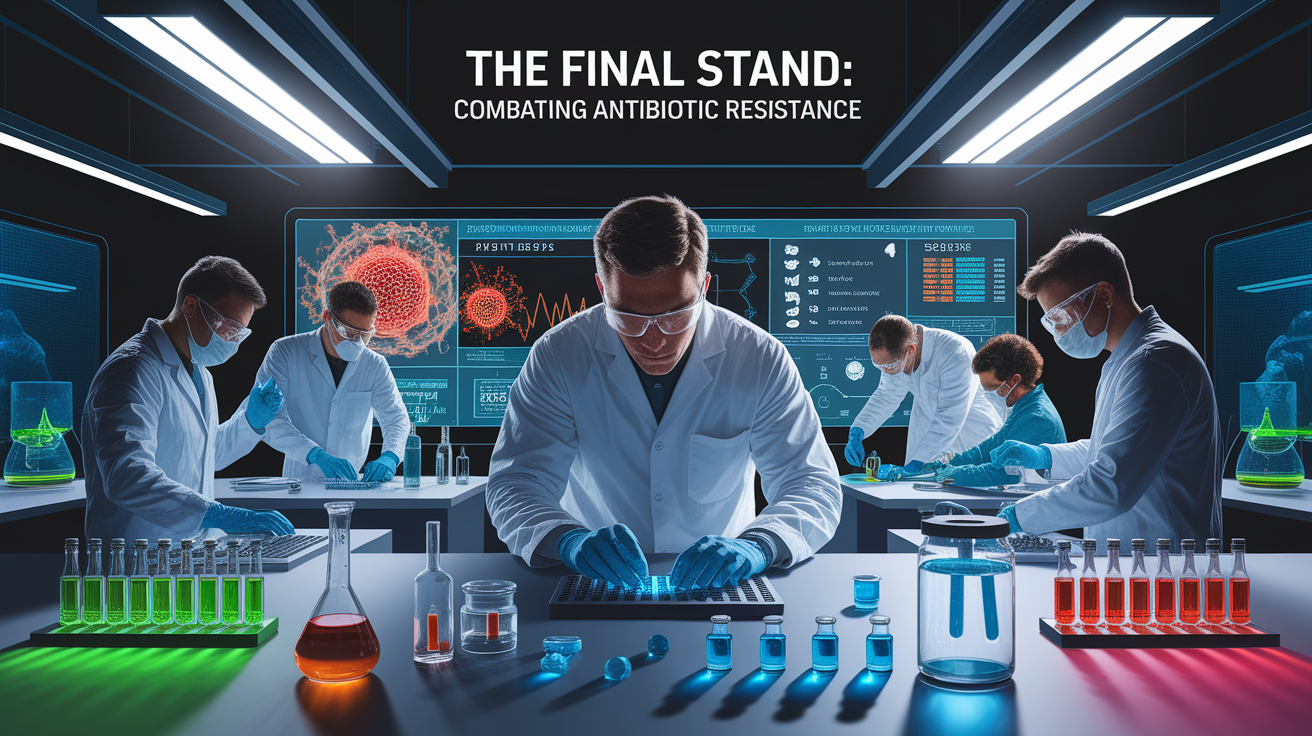Quick Answer: Antibiotic resistance happens when bacteria develop ways to survive drugs meant to kill them or stop their growth. This makes infections harder to treat, leading to bigger health risks and higher medical costs. Misuse and overuse of antibiotics can accelerate this problem dramatically.
Resistance Revealed: The Core of Antibiotic Resistance
Antibiotic resistance is an increasing concern in medical science because it can turn once-treatable bacterial infections into serious or even life-threatening conditions. Simply put, certain bacteria can acquire traits that protect them from the effects of antibiotic drugs. This phenomenon, also called antimicrobial resistance, means antibiotics may no longer work as expected, prolonging illness and complicating medical procedures.

Resistance happens naturally through changes in a bacterium’s genetic makeup. However, factors such as the overprescription of antibiotics, improper use by patients, and widespread use in agriculture can dramatically speed up the spread of resistant bacteria. Once these bacteria gain resistance, they can share it with others, making the problem grow across communities and even countries.
Weapons Bacteria Wield: Key Resistance Mechanisms
Bacteria use clever molecular tricks to fend off antibiotic attacks. Four of the most common mechanisms are:

- Enzymatic destruction or modification – Some bacteria produce enzymes like beta-lactamase, which can break down penicillin-like drugs before they do any harm (read more here).
- Target site alteration – By changing the shape of the molecules or proteins antibiotics aim at, the drug can no longer bind effectively. MRSA achieves this through modified penicillin-binding proteins.
- Efflux pumps – Think of these as microscopic “bouncers” in the bacterial cell wall, actively pushing antibiotics out before damage is done (explained in this video).
- Metabolic pathway bypass – Some bacteria develop alternate ways to carry out vital processes, sidestepping the pathways antibiotics try to block.
These defenses can be encoded in DNA and passed to other bacteria, giving them instant access to powerful protection tools.
From Mutation to Epidemic: How Resistance Spreads
Resistance traits can originate in two main ways: spontaneous genetic mutations and gene sharing between bacteria. A mutation might slightly change a protein so the antibiotic no longer fits—much like a lock that no longer matches its key.

Bacteria can also swap genetic material through horizontal gene transfer, which occurs in three fascinating forms:
- Conjugation – Direct transfer of DNA through a connecting structure between two bacterial cells.
- Transformation – Absorption of bits of DNA from the surrounding environment.
- Transduction – Transfer mediated by viruses that infect bacteria.
These methods can shuffle resistance genes, such as those responsible for enzymatic inactivation or drug-efflux, between different species of bacteria. This rapid spread explains how resistant bacteria can appear suddenly in multiple places around the world.
Why It Matters: The Real-World Impact
The rise of antibiotic resistance is not just a laboratory concern—it’s a global public health crisis. According to the World Health Organization, resistant infections often mean longer hospital stays, more complex treatments, and higher mortality rates. The financial burden is huge, both for healthcare systems and patients.

Moreover, some bacteria have become “superbugs,” resistant to multiple drugs at once, making them very hard to treat. This affects:
- Routine surgeries that become riskier due to infection threats
- Care for vulnerable patients, such as those with weakened immune systems
- Veterinary medicine, where animal health—and by extension, food security—can be compromised
Unchecked resistance can ripple through economies and healthcare systems, creating pressure on resources and increasing the risk of uncontrollable outbreaks.
The Final Stand: Combating Antibiotic Resistance
Fighting antibiotic resistance requires a coordinated and intelligent approach. Strategies include:

- Antimicrobial stewardship – Careful, rational use of antibiotics to minimize unnecessary exposure.
- Better hygiene – Reducing the spread of bacteria through clean facilities, safe food preparation, and effective sanitation.
- Surveillance – Globally tracking resistance patterns to respond quickly to emerging threats.
- Research and development – Creating new antibiotics and alternative treatments to outpace bacterial adaptation.
- Public education – Teaching patients to complete prescriptions properly and understand why antibiotics shouldn’t be taken for viral infections.
The more we understand about how bacteria resist antibiotics, the better equipped we are to design effective countermeasures. Staying ahead in this microscopic arms race is crucial for protecting modern medicine as we know it.











